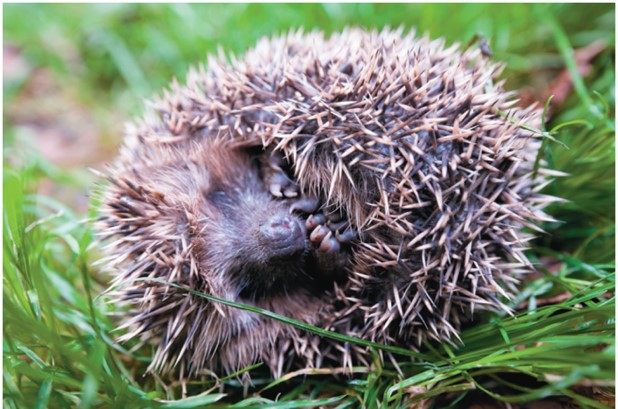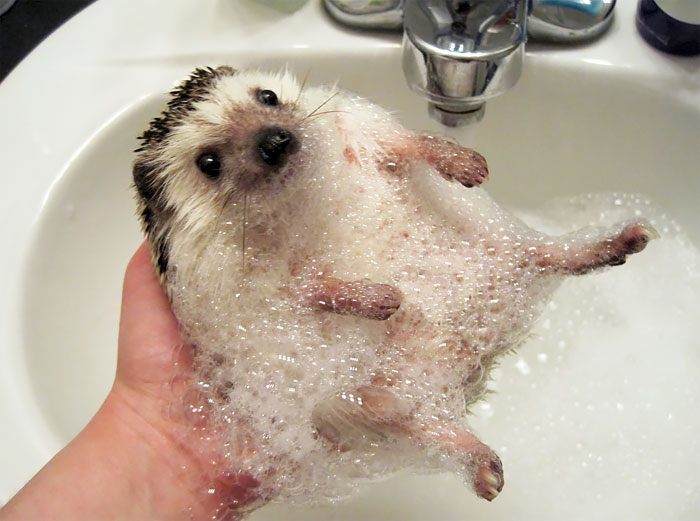Little Sarah Silverman
Last week in my physical science class, a student with a contagious laugh asked, “Would you write me a college recommendation letter?” Her table-mates, three boys, broke up. She was serious.
I chuckled too. For one, she’s a sophomore. College application season comes fall, senior year. Ambitious juniors request letters in May, before summer break but they’re the exceptions: the planners, forward thinkers, movers and shakers of the teenage set. A sophomore? You’d think this girl’s got rocket fuel in her veins.
Alas, no – she’s unproductive, off-task: giggling, laughing, goofing. Hardly the right stuff. It’s what sophomores are best at, being silly, but this girl lives to stand in the comedic spotlight. She’s the Sarah Silverman of the classroom, minus the off-color.
She got the boys roaring again when she said, “Women who seek to be equal with men lack ambition.”
Life at 53 comes with its share of indignities. Surrounded by youth, the indignities get amplified. I’ve slipped on a scientific supply catalog and dropped like a telephone book from a lab table, briefly disappearing from class view before popping up like nothing happened, supercharged with adrenaline, having concussed myself – left to wonder later why my temple pounded so. I’ve reached above my head to hang a toy airplane from the foam ceiling panel when a muscle cramp set like concrete along my jawline so severe I had to walk, head askew, to the rear of the room and request the class, “Stop looking at me.” After scarfing a cafeteria plate of rice and butter beans, I’ve farted and stood silently, letting a nattily-attired boy take the fall.
I approached her table, withholding comment, a teacher’s first technique – physical proximity – to direct students back on task when Little Sarah Silverman, immune to discipline, dropped her pencil in dramatic fashion, “I want to be a pediatrician, so I need a recommendation letter from a science teacher.”
Between convulsive fits, the boy next to her, Deeter, said, “Can you imagine taking your children to see Sarah?”
Little Sarah Silverman said, “I can’t ask my biology teacher. Last year I had a concussion and I was forced to make-up my finals before I was ready.”
“And your story proves what?”
Little Sarah changed the subject, “I have another request.”
“Ok.”
“Would you be offended if I told you a bald joke every day for the rest of the semester?”
Research suggests that about half of all men will experience some kind of male pattern baldness by the time they are 50. It has been linked with things like poor self-esteem and body image, the perception of being old, and depression. It’s hardly that surprising then that worldwide, men spend nearly $3.5 billion naturally trying to either hide or reverse their natural hair loss.
“I don’t get it,” I said.
“You don’t get bald jokes?”
“I’m not bald. A shaved head is my choice.”
“You look offended.”
“Irrelevance is not offensive.”
“Are you really that bald,” little Sarah paused, a look thrown to her boys, “or is your neck just blowing a bubble?”
The boys exploded.
Some students are not behaviorally built for the classroom. The unconventional recommendation letter, for me, is the easiest to write. The kids destined for stardom, you can just tell. The ‘good student’ model is hardly the only, or even an adequate, predictor for future success.
This past Friday the class had been quieter than normal; little Sarah Silverman was absent. End bell about to ring, Deeter presented his phone and I saw little Sarah’s face, Face-timing. She appeared to be a passenger in a car. Her voice, filtered through the phone, “I have a joke. Ready?”
“Ok.”
“You’re so bald, I can see what’s on your mind.”
In one study, researchers had participants rate photos of men with full heads of hair, and another group rate the same men, but with their hair digitally removed. Because only their hair was modified, any differences between the groups had to be due to baldness. The bald men were rated as being:
- 13 percent more dominant.
- 6 percent more confident.
- 10 percent more masculine.
- About an inch taller.
- 13 percent stronger.
- Nearly four years older.
Great news, still, four years older? Ouch. I could let my hair grow, perhaps regaining the lost four years, but at what cost? There’s a third category of hair, the lowest rated: Thinning, But Not Bald.
I’ll be writing little Sarah Silverman her recommendation letter in eighteen months, if she still wants it. She’s not my best student, but little Sarah reminds me, you’re at your ambitious best with nothing to hide.

